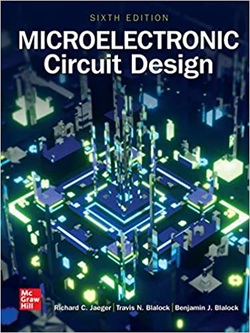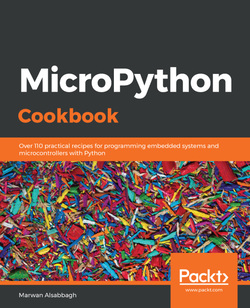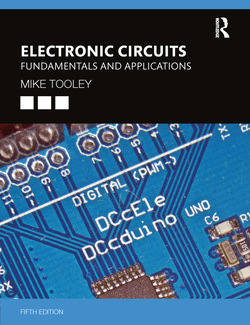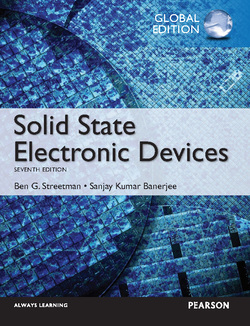این کتاب به مهندسان حرفهای و به دانشجویانی که به توسعه سیستم با استفاده از پلتفرمهای FPGAs علاقه دارند، معرفی میشود. تمرکز این کتاب بر روی سامانههای توکار است اما میتوان از آن بهعنوان یک راهنمای کلی برای ساختن سیستمهای کامپیوتری سفارشی استفاده کرد. همچنین کتاب به توصیف فناوریهای اساسی از نظر سختافزاری و نرمافزاری میپردازد و مجموعهای از اصول که بهعنوان راهنمای توسعه سیستمهای مبتنی بر پلتفرم FPGAs است را، بیان میکند. هدف اصلی نشان دادن چگونگی اعمال سیستماتیک و خلاقانه این اصول برای ساخت نرمافزارهای خاص و تعبیه کردن آنها در معماری سیستم است و برای افزایش بهرهوری بر روی نرمافزارهای OpenSource تاکید بیشتری میشود.
ساختار هرفصل این کتاب به این صورت است که صفحات سفید شامل توصیف مفاهیم، اصول و دانش عمومی است و صفحات خاکستری شامل تفسیر فنی از مسائل اصلی فصل است.
ساختار هرفصل این کتاب به این صورت است که صفحات سفید شامل توصیف مفاهیم، اصول و دانش عمومی است و صفحات خاکستری شامل تفسیر فنی از مسائل اصلی فصل است.
سال انتشار: 2010 | تعداد صفحات: 408 | حجم فایل: 8.01 مگابایت | زبان: انگلیسی
Embedded Systems Design with Platform FPGAs
نویسنده:
Ronald Sass, Andrew G. Schmidt
ناشر:
Morgan Kaufmann
ISBN10:
0123743338
ISBN13:
9780123743336







































































